Digital Marketing, eh? What's that all about?! [leave time for thunderous applause in response to my Peter Kay-esque observational comedy]
Even if you're not entirely familiar with Digital Marketing - which I presume you are, since you're on a site called MarTech Alliance - you've probably worked out that digital marketing is the act of marketing, albeit on one or more digital platforms.
Basically, no-one buys things they see on billboards anymore and TV ads inexplicably cost around £400 billion to air, even though everyone watches streaming services now or fast-forwards the adverts... with the exception of football that isn't being shown on BBC.
Delving deeper than the surface level definition of digital marketing though, the practise consists of a whole shedloads of sub-genres, and each one has its own perks and drawbacks.
Content Marketing
The “marketing” part of content marketing is more of an aside with this form of digital marketing. In fact, in a way, it should be written more like “CONTENT (marketing)”.
Essentially, though the marketing part is still very important in this genre, there’s no actual explicit marketing happening here, as it’s more or less when a brand creates content for its audience and customers, which will provide information and details on things regarding the company’s product and/or service, subsequently making people more aware of them and more interested in investing.
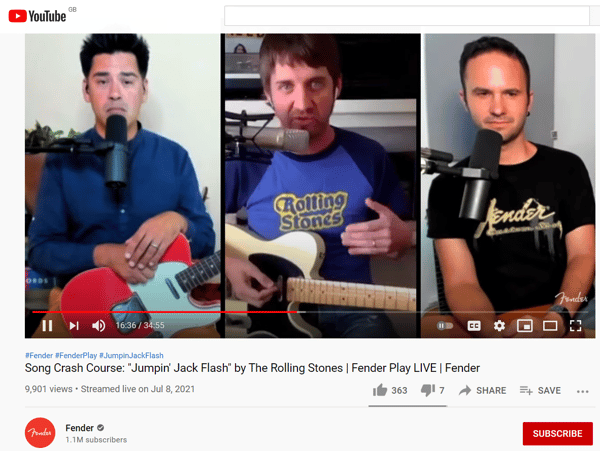
Examples could include like, well, like MarTech Alliance giving you these informative blogs and Martech Fests while also offering a wide range of wonderful paid courses, all the way to Fender teaching you how to tune your guitar on YouTube with the hope that you’ll be more inclined to buy a Fender next time you go guitar shopping.
Email Marketing
According to a report from Statista in 2020, approximately 306 billion emails were sent and received each day, with 3.9 billion people using email every day.
Despite claims over the years that email was a dying form of marketing, it’s hard to ignore the numbers; half of the global population use email. That’s quite a lot.
Furthermore, for every dollar that’s spent on email marketing, the average expected ROI is $42. That’s like £1.20! (yes I know it isn’t actually...)
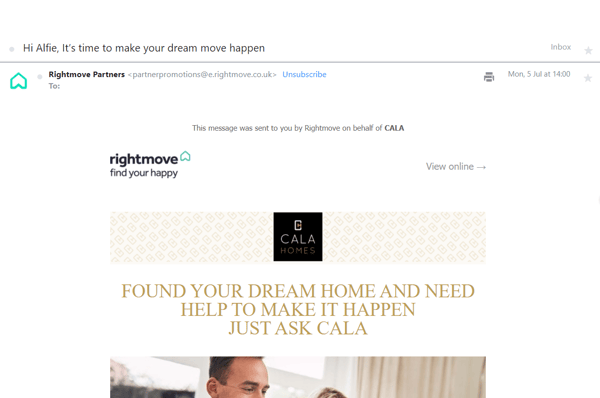
Naturally, legally elicited email marketing requires prospects to sign up and give you their email address and subsequently accept the option to receive marketing messages, so email marketing isn’t really a viable method to gain new customers.
Of course, don’t get any of this confused with awful, awful spam messages that you’ll find in your junk folder, offering you tablets to increase the size of certain parts of your body, or money from a deceased relative you didn’t know you had in central Africa.
Influencer Marketing
For better or worse, Influencer marketing is a thing that exists. Make of that what you will.
Probably the newest version of widely popular marketing, Influencer marketing relies on basically giving people who have a lot of followers on social media (models, YouTubers, TikTokers, etc…) a lot of money and getting them to advertise your product or service on their respective accounts.
The chances are, if you watch a lot from a specific creator on YouTube, they’ll tell you that one or more of their videos are sponsored by a company like SquareSpace, ManScape, HelloFresh, ExpressVPN… the list goes on and on.
This relatively new way of making money for YouTubers is a reaction to the increasingly stringent policies and hoops that creators had to jump through and adhere to in order to monetise their videos.
This way, they can make money while not watering down their content, generally via an ad during or after the video.
Over on Instagram, things are as simple as paying Kylie Jenner $1,000,000 (genuinely) for her to post something about loving your brand on her account – in this case, her own brand – and then getting the love of up to 12 million people.

Mobile Marketing
The chances are that everyone you know over the age of six-years-old has a smartphone which, as you know, allows them instant access to the internet wherever they have signal or Wi-Fi.
It’s no surprise then, because of this, a report on mobile usage from Statista indicated that in the third quarter of 2020, mobile devices accounted for 50.81% of global website traffic.
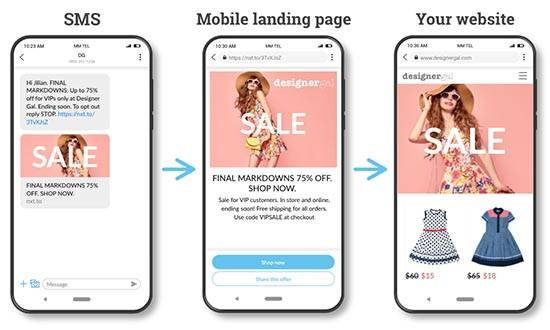
Mobile marketing does come with its own drawbacks though, as incessant use of mobile ads is famously perhaps one of the most annoying things a person can contend with, and sites have been known to overdo this, ultimately leading potential customers to leave sites entirely or employ some sort of ad-blocker.
Pay Per Click (PPC)
This is when a company will pay – for example – Google Ads, Amazon Advertising, or Microsoft Advertising to promote their website. You’ve definitely seen these in action when you search literally anything on Google or Amazon and you’re met with promoted results immediately.
This happens when brands bid enough on keywords or phrases that they will be shown as one of the top two, three or four results on Google or another search engine.
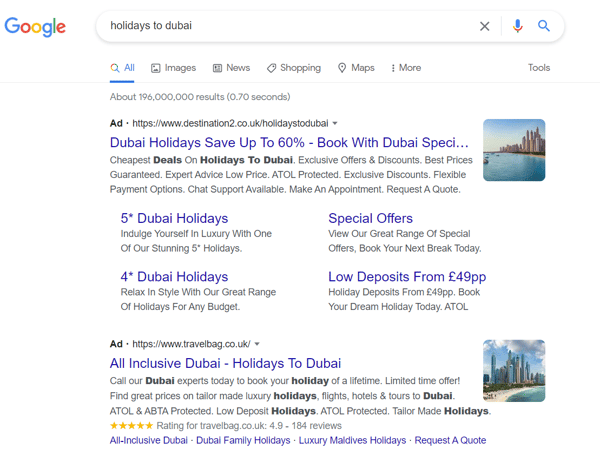
Successful PPC doesn’t just rely on paying Google enough money for them to push you up the search results though; you need to make sure that the landing page you’re linking to is helpful, enticing and generally effective at converting traffic. .
There’s no point in paying thousands to show up on Google’s first page if you’re sending potential clients to your FAQs, rather than somewhere where they can see what you’re really offering and why they need it.
Search Engine Optimisation (SEO)
Using certain keywords, phrases, images, meta descriptions - the list goes on and on – a company can optimise their pages, and push their website and content higher up on search engine results.
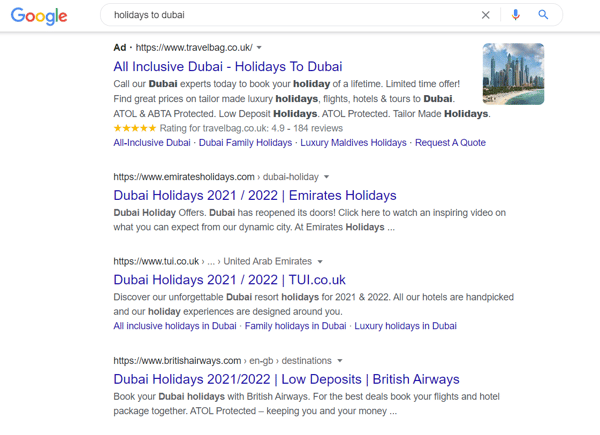
(Dubai was just on the suggested searches when I typed in "holidays". I'm not being paid by the Dubai tourist board...)
The issue is that search engines are pretty clever when it comes to dealing with companies who spam their websites with keywords and the like, and can end up pushing sites down the results pages who implement SEO poorly.
Essentially, good SEO is about creating pages and content that are relevant to the search terms you're targeting.
Social Media Marketing
Yet another form of digital marketing that pretty much does what it says it does, social media marketing is marketing that takes place on social media.
Brands use their social media presences on platforms like Facebook, Twitter, Instagram or any other site or app to promote their products or services.
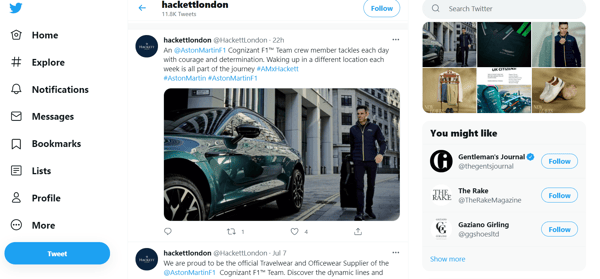
For the most part, social media marketing is free and can be very effective, and it brings us nicely onto…
Viral Marketing
Viral Marketing is very similar to social media marketing, but actually usually relies on the customers themselves to do the promoting. What turns normal marketing into viral marketing is when people outside of the target market come across the specific content organically.
Viral Marketing also relies on brands creating a dialogue with their customers and oftentimes these days, they’ll create their own memes, joke with fans, subtly mock other brands and generally be light-hearted. This goes from being social media marketing to viral marketing, like mentioned earlier, when people see it who don’t usually have any dealings with the particular brand.
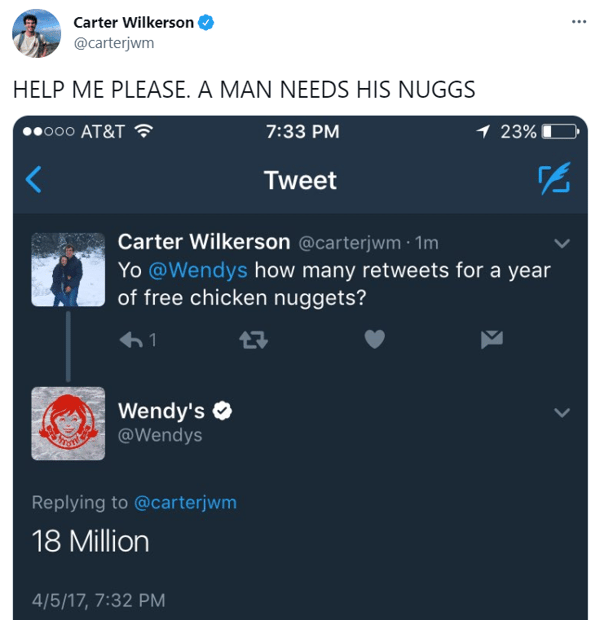
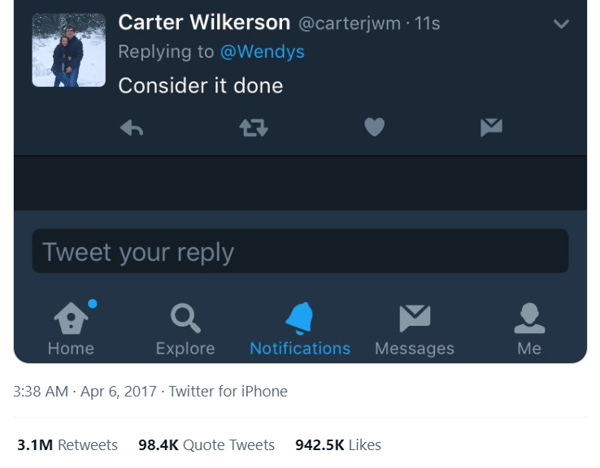
For instance, here in the UK, you don’t get Wendy’s (or at least I don’t think you do?) but I’m entirely aware of their social media presence and the fact that a lot of people find them funny. That’s viral marketing more or less done perfectly.
